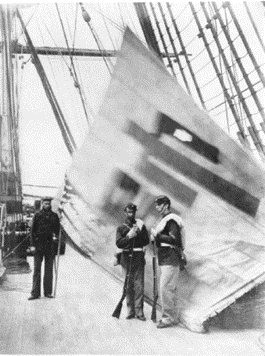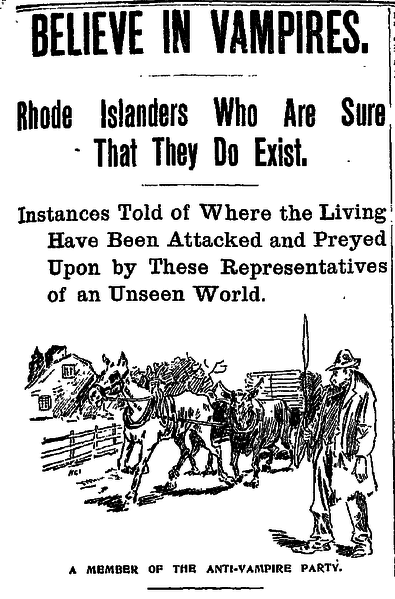By the 1860’s, most of the world had been opened to trade by the developed western nations, either via diplomacy or force. However, numerous countries in east Asia continued to resist by setting up strict isolationist policies. The leaders of these countries had watched India and southeast Asia get swallowed up by the great western colonial empires and so understandably had little interest in so-called offers of friendship. Into this world blundered the United States. Fresh off of a successful opening of trade relations with Japan in 1855, by which I mean U.S. naval ships just kind of showed up with a bunch of guns and their proverbial dicks wagging all about, the American government was pretty sure it could do it again in the little understood nation of Korea. At the time, Korea was ruled by an emperor of the Joseon dynasty, a group that had ruled the peninsula for over 450 years. Having watched the strong-arming of the Chinese and Japanese over the preceding decades, the Joseon were less than cool with the idea of opening themselves up to such shenanigans. While they did have a policy of returning shipwrecked sailors unharmed, their overall dictum was to pretty much pretend the rest of the world didn’t exist and to refuse to talk to anyone that wasn’t Korean.
This was less than acceptable to American traders, many of whom supposed that Korea must be hiding some pretty cool shit, because why else wouldn’t they allow anyone to just root around through their things. Tiring of such shit, in 1866 a group of these traders boarded an armed merchantman named the General Sherman to force the issue. The General Sherman arrived at Korea uninvited and anchored near one of its largest cities. The Koreans, less than happy with this, ordered them to leave, to which the traders responded by taking hostages and firing cannonballs randomly into the city. What followed was a four day battle which ended with the General Sherman getting blown the fuck up and all of its crew getting killed.
Fast forward five years to 1871, and the U.S. was ready to try it again. However, this time instead of a random group of merchants, they sent five U.S. Navy warships and some 650 sailors and marines. The timing was probably not all that great. The whole General Sherman thing had been followed a few months later by an attack by the French navy over the murder of a couple of Catholic missionaries who had been in Korea illegally. So sufficed to say, the Koreans had really doubled down on the whole isolationism thing. When the U.S. naval expedition arrived, they landed a small group of marines at the mouth of the Han River, which led directly to Korea's capital of Seoul. There they met with local officials, who seemed amicable to the idea of the Americans sailing upriver towards Seoul. In actuality, the officials had old them to go the fuck away, but this message was mistranslated, because when it comes to misunderstandings history works exactly like a romantic comedy. When the U.S. warships started sailing up the river the Koreans freaked the hell out and started firing cannons at them from numerous forts on the shoreline. Put off by the whole thing, the Americans retreated and then sent a demand that the Koreans apologize for the incident within ten days. The Koreans, feeling like they were owed an apology, refused.
The U.S. responded by attacking and destroying one fort after another, which wasn’t that hard given that the Korean defenders were armed with matchlock muskets and old school cannons, while the marines had repeating rifles and modern artillery. Isolationism has its drawbacks. In just fifteen minutes the Americans destroyed five forts and killed 243 Korean soldiers, only losing three marines in the process. The Koreans responded by refusing to negotiate, leaving the Americans in the awkward position of either blowing up everything or leaving. When the Americans offered to return prisoners they had taken in hopes of enticing talks, the Koreans politely told them it was okay to execute the prisoners since they were all cowards. Out of options, the U.S. expedition hung out for about a month, and then dejectedly set sail for home.
Though Korea won the day, the ease by which the U.S. beat the shit out of them made it apparent to the Joseon emperor that Korea couldn't stay isolationist forever. In 1876, Korea opened trade with Japan, followed by the U.S. in 1882 and Britain in 1885. However, over time Korea increasingly fell under Japan's power, eventually being fully annexed by its more powerful neighbor in 1910.
Image: https://en.wikipedia.org/wiki/Cyrus_Hayden#/media/File:1871sujagi.jpg



